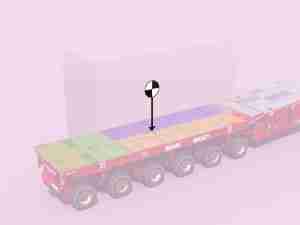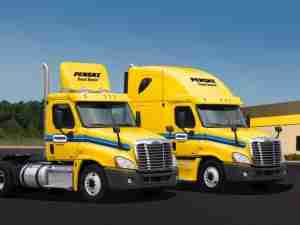The global automotive industry is experiencing revolutionizing changes with integration of IoT devices. Self-driving and connected cars are boosting demand for LiDAR sensors, as these helps self-driving vehicles identify obstacles in their path. Vehicle automation and transportation planning will play a key role in the transformation of the automotive industry over the coming years.
Adoption of LiDAR technology in the automotive industry has been restricted due to the high cost involved. In recent times, companies have been trying to cut down on this high cost, which play a huge role in bolstering demand. LiDAR sensor technology is becoming more advanced and cheaper per diem, thanks to innovations and technological changes happening in this industry. Even though adoption is taking place at a snail’s pace, introduction of 3D, and most recently, 4D, would drive market expansion.
As per a new report by an ESOMAR-certified market research and consulting firm, the global LiDAR sensor market is anticipated to be valued at US$ 5.6 Bn by 2031, expanding at an impressive CAGR of 12.5% over the forecast period of 2021 to 2031.
Key Takeaways from Market Study
“Shift towards green energy as well as introduction of next generation networks (NGN) to shape future smart automotive industry and create numerous opportunities for LiDAR sensor manufacturers, especially for self-driving vehicles,” says a senior research analyst.
- North America dominated the industry and accounted for around US$ 400 Mn of the overall market share in 2020, which was nearly 26%.
- The market is expected to grow exponentially during the forecast period, as sensors are becoming more compact and cheaper, and this has widened the application area of the product.
- In terms of value, the airborne sensors segment is projected to grow 3.2X and account for over 34.5% of the market share by the end of forecast period
- In terms of value the Mechanical LiDAR segment is foreseen to grow ~2.5X over the forecast period
- Collectively, forest planning and management and environmental assessment are estimated to account for 15% of the overall market by 2021, in terms of value. The environmental assessment segment is foreseen to cross the US$ 410 Mn mark by the end of 2031.
- The IT & communication segment is anticipated to be valued at US$ 190 Mn by 2021, and is likely to expand at a value CAGR of 14% through 2031.
Who is winning in this space?
The global LiDAR sensor market is highly competitive in nature with the presence of numerous manufacturers across the globe. However, the market is seen as a consolidated space as a few players such as Trimble Inc., Hexagon AB, Sick AG, Topcon, and Velodyne LiDAR account for a lion’s share.
LiDAR sensor manufacturers are making use of ML algorithms to track data with the help of sensing technology and its integration with the Internet. Prominent automobile players are concentrated on strategic collaborations and partnerships with LiDAR sensor manufacturers across the globe to leverage their technology and services.









